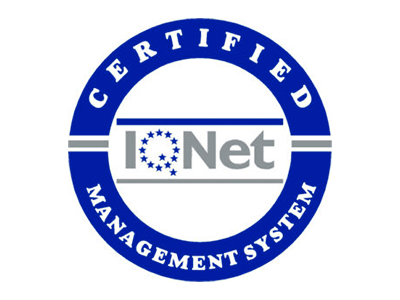Busting the AI Adoption Myth: Is It Really as Hard as They Say?
26th November 2025

Is AI adoption as daunting as it seems, or just a well-crafted myth?
We’re debunking common misconceptions, and revealing the surprising ease of integrating AI into your businesses
But what if these barriers are more mirages than mountains? As AI sweeps across industries, the veil of difficulty is being lifted, revealing a landscape ripe with opportunity, not obstacles.
Are you ready to see beyond the myths and harness AI’s true power? Continue reading to demystify AI adoption and discover why it might be easier than you’ve been led to believe.
Why is AI adoption tricky?
What you need to know before starting with AI adoption
2. AI can help you increase your productivity, but it also has its limitations. You need to be aware of these limitations and work around them. But at the same time, allow flexibility for AI’s advantages to flourish.
3. You can’t implement AI overnight. There is an implementation process that will help you adopt AI gradually.
Strategies for successful AI adoption
With that in mind, it’s important to avoid common pitfalls that make it difficult for organizations to implement AI effectively. Let’s look at some strategies that can help successful AI adoption.
1. Define your goals
Before you start implementing AI in your organization, you need to have a clear vision of how you want your organization to look in the future. Doing so will help you decide on key areas of your organization that you want to focus on.
2. Train your workforce effectively
Many organizations believe that AI implementation is only limited to software engineers, and they don’t need to invest in training the rest of their teams to use AI effectively. However, this is a big mistake. AI is not just about software engineers, it’s about data scientists, business analysts, and everyone in between. Everyone needs to be trained to use AI effectively.
3. Pick the Right Tools
When it comes to implementing AI in your organization, you need to pick the right tools. This is because, although AI has increasing potential, it’s going to be useless if you use the wrong tool for the job. This also involved bringing in the right experts to guide your implementation.
4. Set up a clearly defined roadmap
If you want your AI adoption to be successful you need to have a clear roadmap to achieving your goals. This means a comprehensive strategy that has been extensively analyzed. The best way is to start small and scale up to bigger and more complex goals.
5. Keep an eye out for warning signs
As you progress in your roadmap and strategy, you need to keep an eye on any risks and issues that could arise. Understand how implementation should function so that you can anticipate problems, and make sure there is clear leadership to guide the process.
Wrapping Up
When it comes to implementing AI in your organization, you need to keep in mind some key things. First, AI isn’t a magic wand that can solve issues overnight. Rather, it’s a tool that can help you address specific problems. Second, you need to decide which problems AI can solve and which problems it can’t. And lastly, you need to pick the right tools when it comes to implementing AI in your organization.
Check out how we can help integrate AI into your business, including our virtual agent engineered for accuracy, efficiency, and interoperability.
Don’t miss out on our weekly blog posts and LinkedIn updates about the fascinating advancements that will propel your business.
Ready to see what we can do for you?
In the right hands, artificial intelligence can take human performance to a hitherto unimaginable level. Are you ready for evolution?




